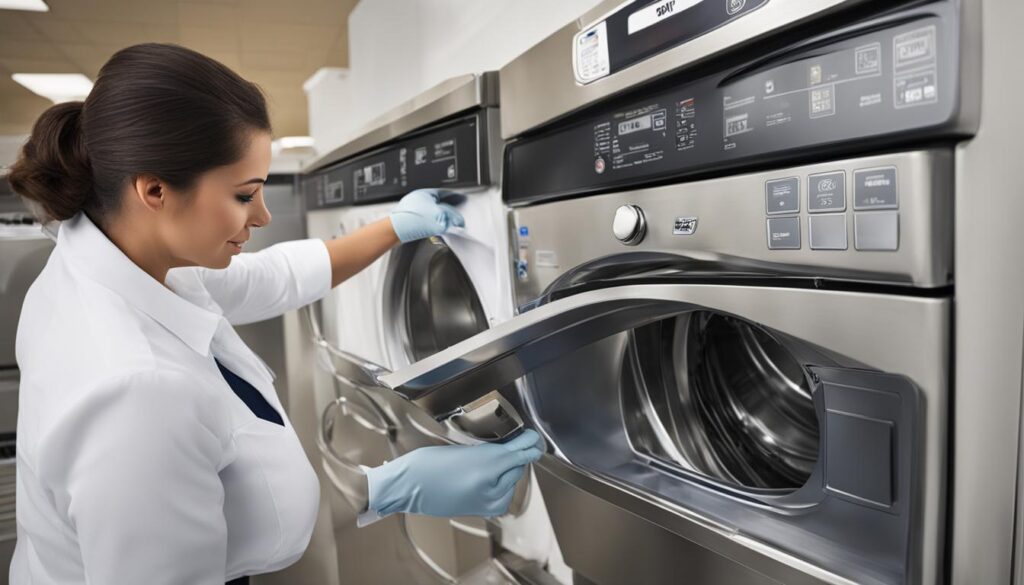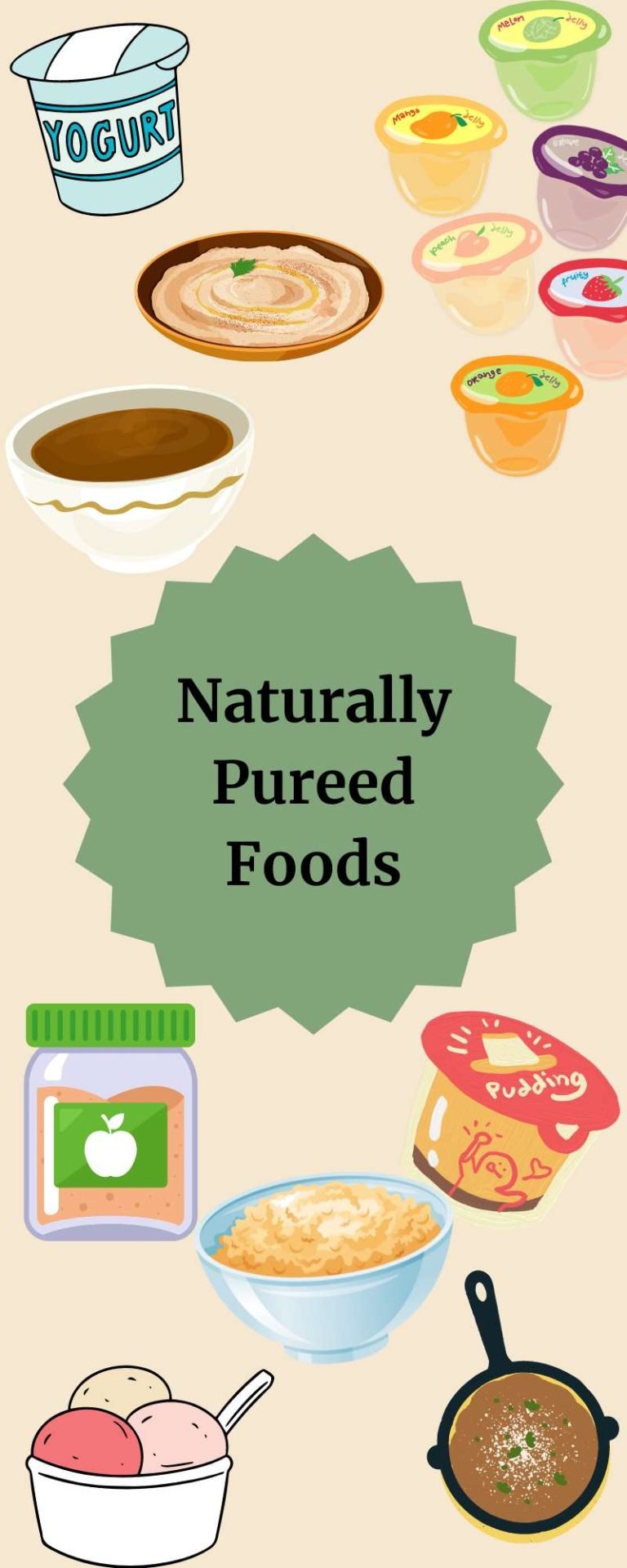Essential Food Safety: When Gloves and Bright Bandages Are Required in Food Handling
Introduction
Maintaining food safety is a top priority for every food service operation. Proper use of gloves and visible bandages is not just a matter of best practice-it’s a regulatory and ethical requirement that protects both consumers and employees. Understanding precisely when gloves must be worn and why brightly colored bandages are required can significantly reduce the risk of contamination and foodborne illness outbreaks. This comprehensive guide explores these requirements, their practical application, and how to implement them effectively in any food-handling environment.
When Are Food Handlers Required to Wear Gloves?
The necessity for food handlers to wear gloves is governed primarily by federal and state food codes, with the U.S. Food and Drug Administration (FDA) setting the standard.
Gloves are required in the following situations:
-
Handling Ready-to-Eat (RTE) Foods:
The FDA Food Code stipulates that gloves must be worn when handling any ready-to-eat foods-items that will not be cooked further before consumption, such as salads, sandwiches, bakery goods, deli meats, and cheeses. The rationale is that these foods do not undergo heat treatment to kill bacteria, making them especially vulnerable to contamination from bare hands [3] . -
When Food Workers Have Cuts, Sores, or Rashes:
If a food handler has any cuts, sores, or skin conditions that could come into contact with food, glove use is mandatory to prevent pathogens from entering the food supply. California’s Retail Food Code specifically requires glove use in these circumstances [1] . -
Minimizing Bare Hand Contact:
Many states require that bare hand contact with non-packaged ready-to-eat foods be minimized, either by wearing gloves or using utensils like tongs, deli papers, or scoops [1] . This is to reduce the risk of transferring pathogens from hands to food [4] .
It’s important to note that glove use is not required for servers who do not directly touch food, as their role presents a much lower risk of contamination. Proper hand hygiene, however, is still essential for all staff members [4] .
Real-World Application Example
Consider a sandwich shop where employees prepare subs to order. When touching bread, vegetables, meats, and cheeses, gloves are required throughout assembly. If an employee has a small cut on their finger, they must first cover the wound with a bandage and then wear gloves on top-ensuring no direct contact with food [1] .
Step-by-Step Guidance for Compliance
- Train staff on when and how to wear gloves, referencing both the FDA Food Code and local regulations.
- Provide non-latex gloves (such as nitrile or vinyl) to minimize allergy risks and comply with legislation like California’s latex glove ban [1] .
- Ensure gloves are replaced at least every two hours, or immediately if torn or contaminated [4] .
- Require handwashing before putting on gloves and between glove changes [2] .
Challenges and Solutions
Some challenges include improper glove use (wearing gloves too long, touching non-food surfaces), latex allergies, and insufficient training. Solutions involve regular staff education, using non-latex alternatives, and strict monitoring of glove practices.

Source: helpfulprofessor.com
Why Do Some Operations Require Food Handlers to Wear Brightly Colored Bandages?
Brightly colored bandages serve a critical safety function in food operations.
The main reasons are:
-
Visibility:
Bright colors (such as blue) contrast with most foods, making bandages easily detectable if they fall off and land in food. This helps prevent foreign object contamination and allows for quick corrective action. -
Compliance and Monitoring:
Supervisors can easily verify that wounds are properly covered, and that employees are following safety protocols. This is especially important in large kitchens and high-volume food production environments. -
Allergen and Safety Assurance:
Many brightly colored bandages are also metal detectable, allowing automated detection in packaged foods and supporting regulatory compliance.
Case Study: The Blue Bandage
In many commercial kitchens, blue bandages are standard because blue is not a natural food color. If a bandage accidentally falls into a salad or soup, it is instantly visible, reducing the risk of serving contaminated food.
Implementation Steps
- Stock brightly colored, preferably blue or metal-detectable bandages in all first aid kits.
- Train employees to immediately cover any cuts or wounds with these bandages before donning gloves.
- Conduct regular inspections to ensure compliance.
Alternative Approaches
While brightly colored bandages are preferred, some operations may use transparent or skin-colored bandages with metal strips for detectability. However, these are less effective for visual checks and may increase contamination risk.

Source: dreamstime.com
Best Practices for Glove and Bandage Use in Food Handling
To maximize safety, food businesses should create clear standard operating procedures (SOPs) for glove and bandage use:
- Mandate glove use for all ready-to-eat food handling and when any skin condition is present.
- Require brightly colored bandages for all wounds before gloves are worn.
- Educate staff on the importance of changing gloves and bandages frequently.
- Monitor and review procedures regularly in line with FDA and local health department guidance. For up-to-date regulatory information, consult official resources or your state’s food safety program.
Accessing Regulatory Guidance and Resources
If you need detailed regulatory information on glove and bandage use, you can:
- Contact your local health department for state-specific laws and fact sheets. For example, California’s Department of Public Health provides official guidance on glove policies [1] .
- Review the FDA Food Code, available through the U.S. Food and Drug Administration’s official website.
- Consult industry resources such as the Association of Food and Drug Officials (AFDO) for regulatory summaries [5] .
For businesses seeking best practices or needing to create SOPs, food safety consultancies and industry associations can provide templates, training materials, and expert advice.
Key Takeaways
- Gloves are required when handling ready-to-eat foods and when a food handler has any skin condition that could contact food.
- Brightly colored bandages are used to maximize visibility and minimize contamination risks.
- Proper training, regular monitoring, and adherence to official guidance are essential for food safety.
References
- [1] California Department of Public Health (2024). Latex Glove Ban – Retail Food Facilities.
- [2] MCR Safety (2024). Overview of Food Handlers and Food Gloves.
- [3] FoodHandler (2021). Put the Gloves On!
- [4] FoodDocs (2024). When Are Food Workers Required to Wear Gloves?
- [5] Association of Food and Drug Officials (2025). Bare Hand Contact Regulatory Guidance.
MORE FROM hotondeals.com













